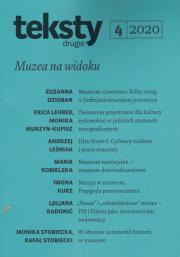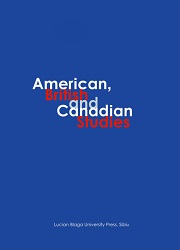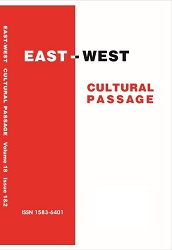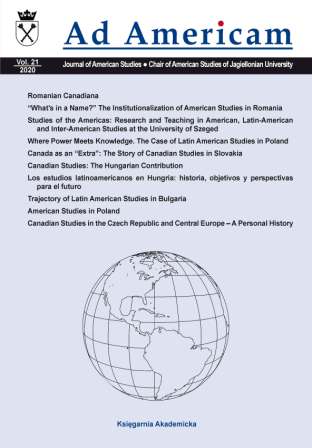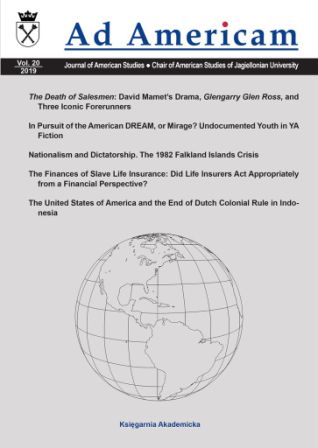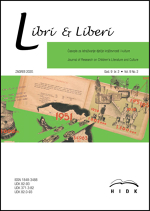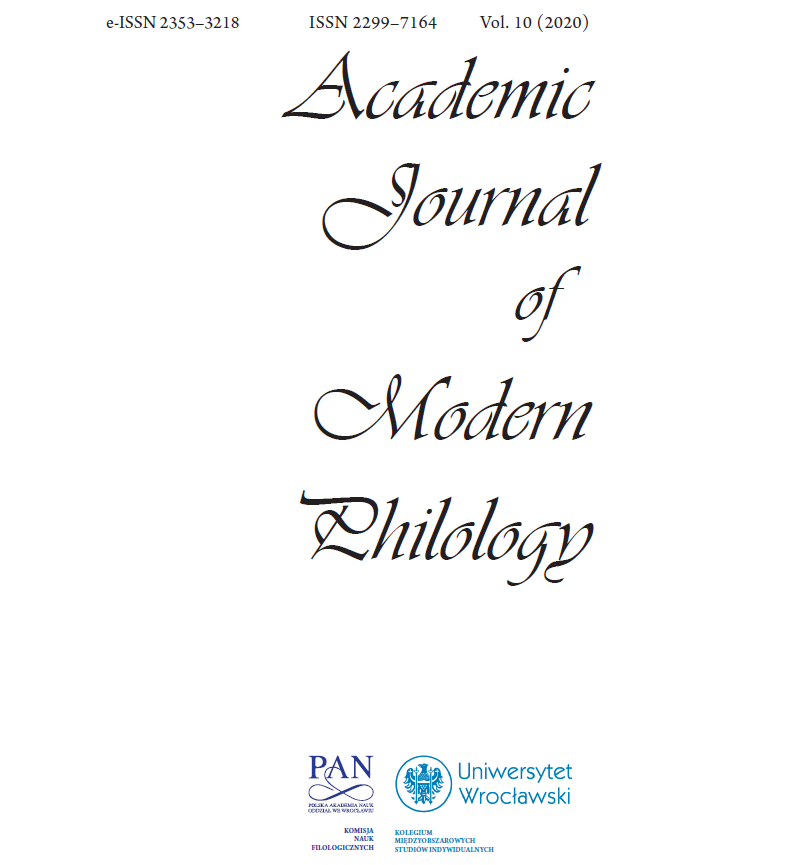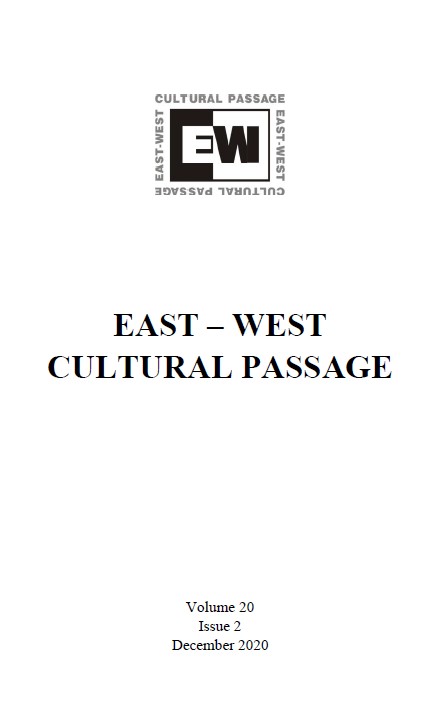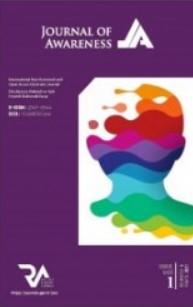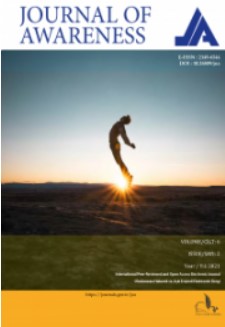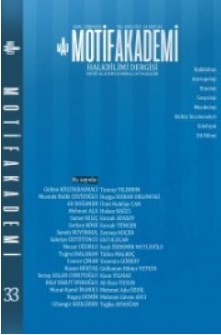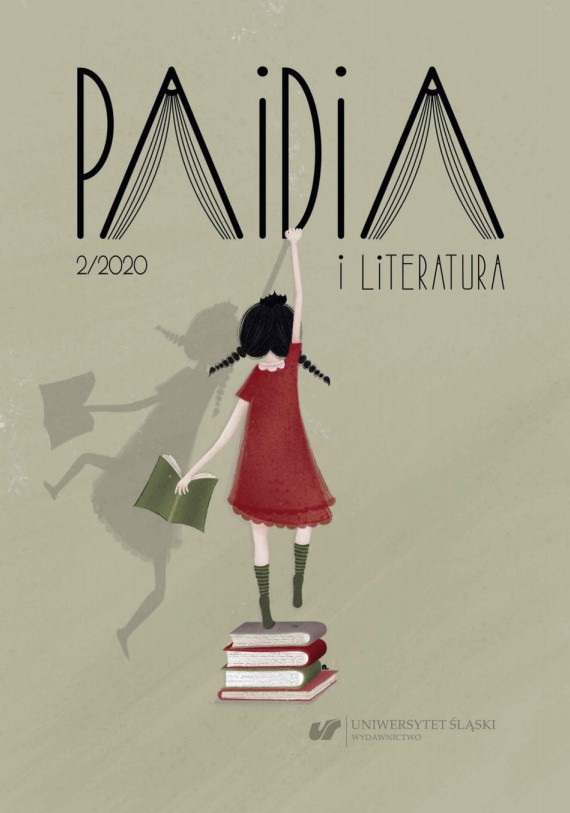
Subjetividade e “Deslocamento” na obra homônima de Lucy Knisley
In certain way, “displacement” refers to the change. It is the action of a body that moves from a certain space to another. In addition to its obvious physical implications, in the case of human displacement, there are also great subjective implications. In this way, displacement can be of other orders, as symbolic, metaphysical and mental, we can also consider even maturation as the displacement from one psychic state to another. In this case, the present work aims to analyze the different figurations of the concept of displacement present in the work: Displacement — A travelogue by Lucy Knisley, as well as the affiliation of the work to a narrative tradition perpetrated by authors who take the daily genre and the trip report as a means of subjective construction of reality, both in literature and in comics. In order to do so, will be used authors who studied the writing of female authors, having the travel narrative as a research horizon, such as Sonia Serrano and Miriam Adelman; as well as authors who focus on the specificities of the comic language that, under the aegis of “graphic novel”, engender an aesthetic construction that privileges the autobiographical narrative (Santiago Garcia and Hilarry Chute). We intend to highlight the richness that the comics bring to the symbolic construction of the genre “travel diary/narrative” through its peculiarities of self-representation.
More...

